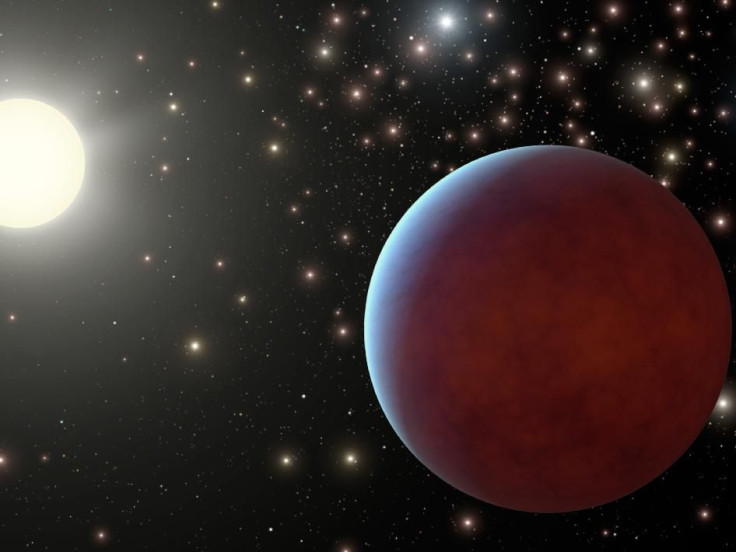WASP-104b: Newly-Discovered ‘Pitch Black’ Planet Absorbs 99% Starlight

A group of astronomers using NASA’s Kepler Space Telescope have discovered a "pitch black" planet — one so dark it absorbs 97-99% of the light from its host star.
Dubbed WASP-104b, the planet sits some 470 light years away from Earth in the constellation Leo and has been classified as a "Hot Jupiter." These gas giants are similar to Jupiter in terms of mass but are very hot because of their location in the system — close to the host star.
WASP-104b sits just 2.6 million miles away from its host star — a yellow dwarf star — and takes little less than a couple of days to complete a full orbit. However, the interesting bit is the sheer amount of blackness it has.
Shrouded in a layer of haze, this alien world is so dark that it wasn’t even seen in the first place. It absorbs nearly all of the light from the yellow dwarf, leaving nothing to be reflected. Researchers have described it as one of the darkest planets ever to be discovered, even "darker than charcoal."
“All planets reflect starlight from their host star. Some planets are highly reflective, such as Venus reflecting 70% of the light, while some others reflect only 10%,” Keele University researcher Teo Močnik, who stumbled upon the planet, while looking for exoplanets, said in a statement. “When analyzing the highly precise photometric data from Kepler, we were surprised not to see reflected starlight from WASP-104b.”
Hot Jupiters are known to be darker than normal, with many reflecting around 40% of light, but this is something totally strange. According to the researcher, there can be many explanations for this darkness, but the most plausible theory relates the distance between the planet and its star.
As per Močnik, being extremely close to the host star, the permanent day side of the planet (WASP-104b is tidally locked with one side always facing the star) could be witnessing extremely hot conditions. This, in turn, could be preventing the formation of clouds critical for reflecting light. The night side could have the clouds in question, but that side doesn't get sunlight, so there is no question of light being reflected.
Among other things, the researchers added the presence of alkali metals such as sodium and potassium in the hazy atmosphere of the planet could also be contributing to this darkness. The metals are known to absorb light significantly in the visible spectrum.
That said, it is worth noting this is not the first dark, hot Jupiter to be discovered in the cosmos. Last year, astronomers discovered a planet called WASP-12b. It was not as dark as the one just discovered, but absorbed around 94% of light from its star.
The study, titled "WASP-104b is Darker than Charcoal," was published in the pre-print resource arXiv, and is awaiting peer review.
© Copyright IBTimes 2025. All rights reserved.



















